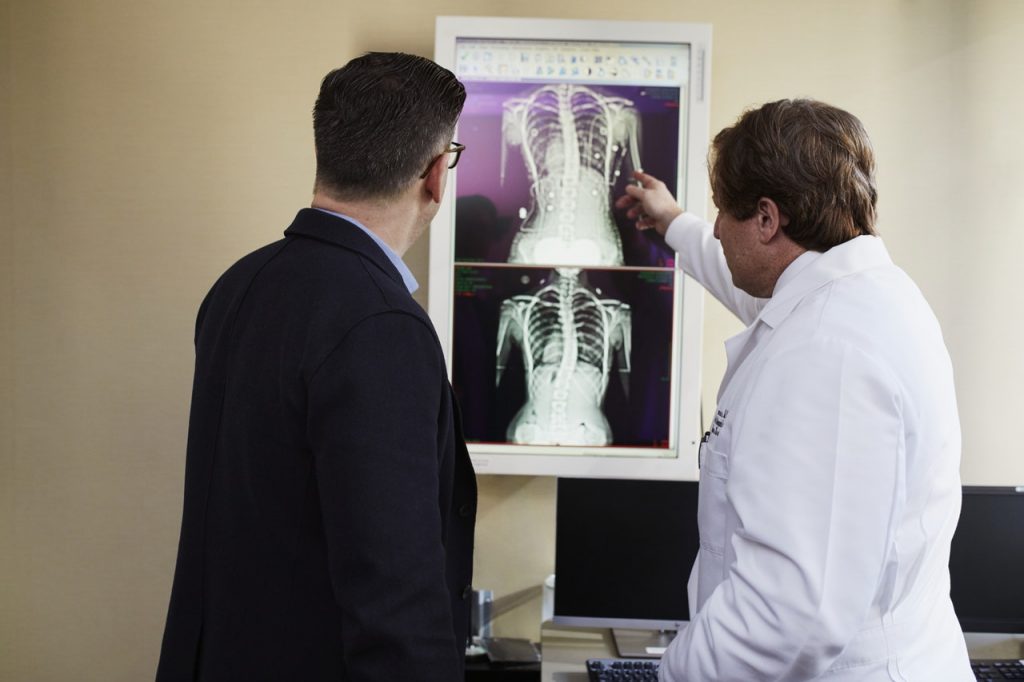While everyone can make small and significant professional and personal mistakes, some errors, such as those made by healthcare and medical professionals, can be so severe they cause adverse side effects, pain, and in some cases, death.
Physicians and medical professionals take oaths to uphold ethics when caring for patients and to avoid causing them harm. Still, unfortunately, problems in hospitals and medical centers can contribute to medical errors. Some issues include poor communication between hospital staff members and fatigue caused by working long shifts. To make matters worse, when accidents occur, in some cases, medical professionals don’t take responsibility for their mistakes and don’t admit what went wrong to patients.

Examples of medical errors that have harmful consequences, causes of action referred to as medical malpractice, include inaccurate diagnoses, delayed diagnoses, erroneous surgical practices, incorrect anesthesia administration, and emergency room mistakes. Infections or illnesses that result from a procedure also constitute medical malpractice. Some physicians prescribe the wrong medication or even give one patient’s prescription to another patient and vice versa.
Someone who thinks they’ve experienced harm at the hands of a doctor can file a medical malpractice lawsuit against the physician, or medical professional they feel is responsible and the hospital or healthcare facility that employs them.

To initiate a medical malpractice suit, the injured party should seek the legal advice and guidance of a professional attorney. A Baltimore medical malpractice lawyer from the Maryland law firm Miller and Zois Law, for example, can represent a client in a manner that provides sufficient demonstration of the four Ds of medical malpractice. The four Ds, essential to have a convincing malpractice case, are duty, dereliction, direct causation, and damage. Injured parties must prove that the harm they experience is due to a doctor’s negligence, rather than a past incident or preexisting condition.
Miller and Zois Law Firm professionals provide a thorough investigation of malpractice claims and consult medical experts who specialize in the fields relevant to particular cases to determine if pursuing a case will be successful. Considering the importance of primary care physicians, surgeons, and other medical professionals, patients must trust and have faith in them. Healthcare professionals and medical personnel conduct routine health exams. By visiting physicians and medical workers, people can receive periodic screening tests for health conditions, including heart disease, high or low blood pressure, diabetes, and various types of cancer.

Someone who is searching for a personal doctor or is curious about a doctor’s background can use the Internet to investigate details about how long ago a physician obtained their license and began practicing and if they’ve received complaints from former and current patients. The Internet can also show users ratings and reviews that people submit about the services medical professionals provide.
People who know a practicing physician’s name and location can search for their state medical board information, including details about their education, active licenses, certifications, hospital affiliations, and disciplinary action they received.
To complete a background check on a doctor, people can use a website like GoLookUp. GoLookUp, a free online information data site, compiles public data and makes it easy for users to access. Using GoLookUp, Internet users can search the names of American physicians and other U.S. residents and find their contact and address information. Given that GoLookUp allows users to do background checks on others and themselves, and provides mugshots and arrest and police records, this website is an excellent resource for people checking doctors out for medical malpractice.
Ensuring a doctor hasn’t committed medical malpractice can boost someone’s confidence in their competence and skills, enabling people to forge strong, positive physician-patient relationships.





